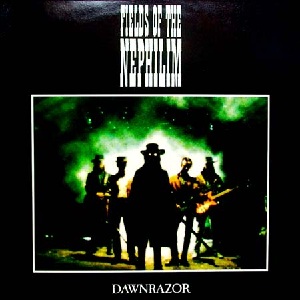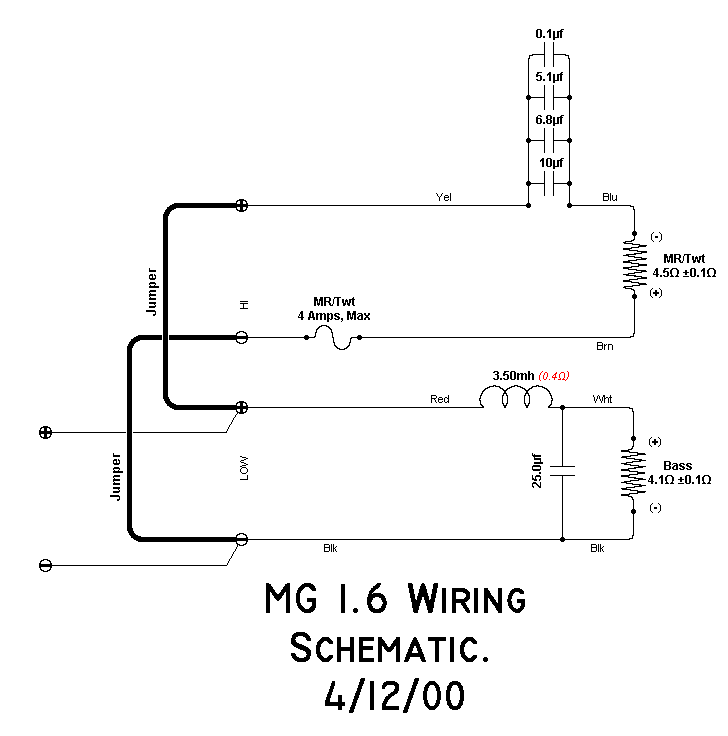Maggie 1.6QR Crossovers & Chokes for Dummies
96.242.179.127 |
||
| Posted on October 18, 2009 at 11:16:51 | ||
|
Posts: 134
Location: New Jersey Joined: December 13, 2008 |
This is a follow-up to a thread I started over in the Amps forum, and responses from Dawnrazor and others. I believe I qualify well for the thread title "for Dummies:" I have a fairly new (6 months old) pair of 1.6s, single-amped, not even biwired, and haven't soldered anything since High School shop class, a long time ago. I've been reading too many threads on both crossovers and chokes, to the point that I'm simply confused. I'm willing to relearn soldering, would prefer to not have to cut holes in my Maggie socks (as in one xo reference Dawnrazor gave me), since to repeat, I'm a beginner at this, and don't want to do anything that if I mess it up, makes my Maggies useless. Can anyone either provide info, or cross-reference to a prior thread, which (1) Tells me if there is anything I can do with chokes for my straight stock non-bi-wired, non-bi-amped speakers (i.e. pictures or very clear description of where the chokes go); (2) Similarly, a recommended cross-over with schematic and if possible pictures, including how it gets wired into the speakers? As far as cross-over, I would be happy if there were a good kit available, or (heresy) Maggie cross-overs one can buy for a reasonable amount? I've read that Peter Gunn will provide cross-over schematics, but I don't know if they are appropriate for a beginner like me. Thanks in advance for your help and understanding! - Pete |
|
| RE: Maggie 1.6QR Crossovers & Chokes for Dummies, posted on October 18, 2009 at 22:12:51 | |
|
Posts: 12592
Location: N. California Joined: April 9, 2004 |
Hey Pale, Cory covered #1. #2. There is a much better crossover link that has step by step with lots of picts in the archive- the one by Ed Hsu. I would have linked that, but the link doesnt work. maybe you could contact Ed using the e-mail address in the link (or if that doesnt work, I think he is the HSU from the Hsu sub company but could be wrong) or ask Mart who moderates this asylum if he has a back up or the correct link. And you can always get replacement cloths for the mags. They were $75 for the mmgs when I bought mine. You could remove the staples and reuse the ones you have or just cut it and if you want to resell just order new ones and then mess with the staples. And here is a link to the tweaks page. There are a few for the 1.6 so you could look at all of the ones listed, not just the one link I gave. Scroll down to you get to the 1.6 tweaks. Pturn has some picts of one that fits in the size of the original so you dont need extra boxes if you dont want that. tweaks And there was a poster here who had Parts Connexion I believe do all the hard work and just installed the crossovers they made for him. I bet Madisound would do the same thing. partsconnexion crossover Though if you could solder at one point, you can probably do a crossover. In fact I can solder but except for one joint, I didnt need to solder at all on mine. d  Cut to razor sounding violins |
| RE: Sorry I misnamed a jumper as a bridge, posted on October 20, 2009 at 15:02:24 | |
|
Posts: 1663
Location: Washington, DC Joined: December 27, 2008 |
You do it... ...like this. |
| THANKS!!, posted on October 20, 2009 at 20:49:54 | |
|
Posts: 12592
Location: N. California Joined: April 9, 2004 |
A pict is worth a thousand words!!!
 Cut to razor sounding violins |




